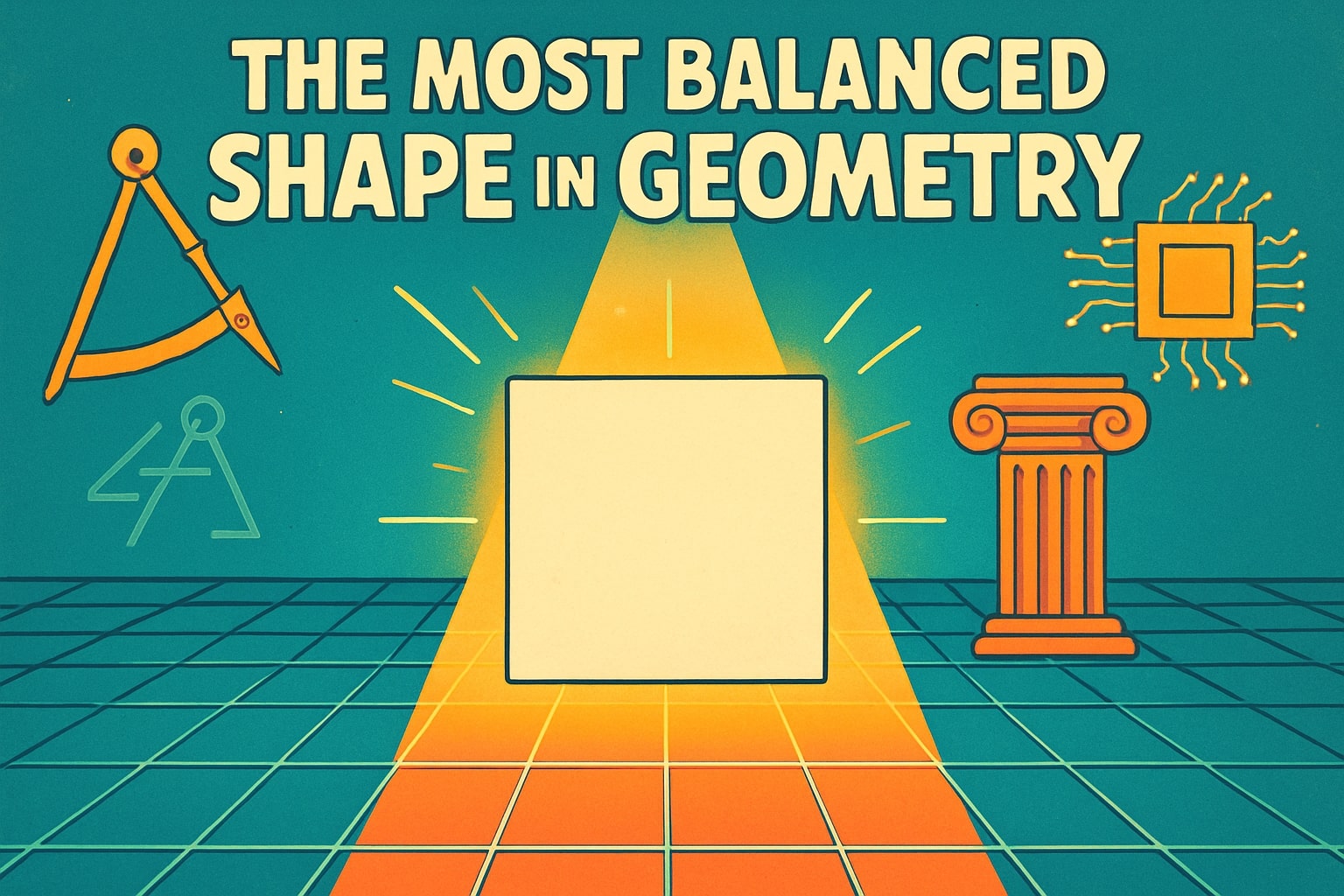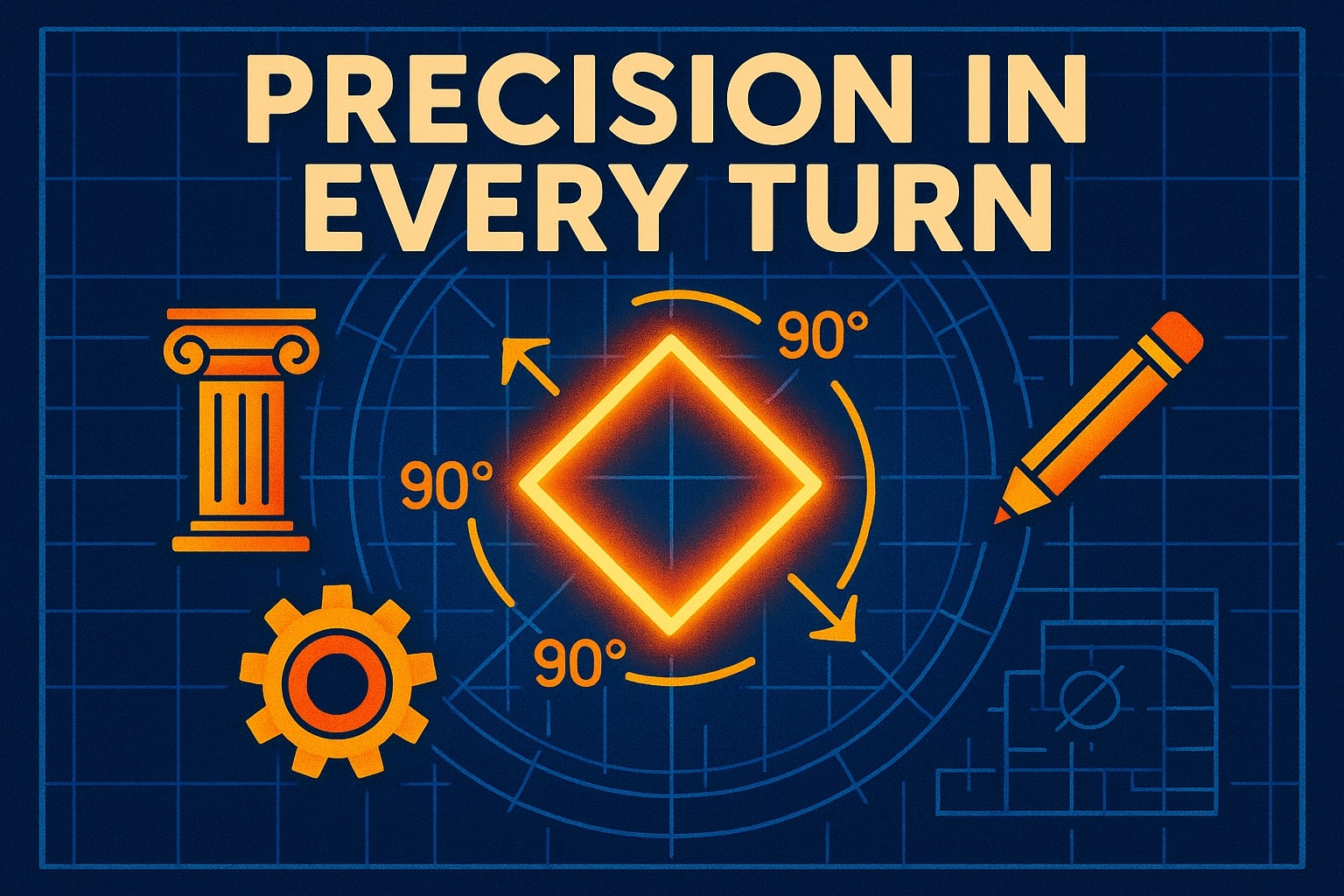The square is more than just a four-sided figure—it’s a building block of design, mathematics, city planning, and even culture. In this article, we’ll go beyond the square calculator and explore everything about squares: their properties, formulas, real-life applications, and even some surprising stories from history and pop culture. Whether you're a student brushing up on geometry, a researcher needing academic clarity, or just curious about why squares are so important, this comprehensive guide will have something for you.
What Is a Square?
At a glance, a square seems straightforward: four equal-length sides and four right angles. But its simplicity is deceptive—it belongs to a rare category of shapes known as regular quadrilaterals, meaning it’s both a rectangle and a rhombus at the same time.
Unlike rectangles (equal opposite sides) or rhombi (equal sides, but not necessarily right angles), the square delivers both—making it uniquely balanced and symmetrical. That’s why it holds such a vital role in geometry, design, and engineering.
Historically, squares were essential to land measurement and construction. Ancient civilizations like Egypt and Mesopotamia used square-based methods for dividing plots of land. In Greece, Euclid formalized his definition in his Elements, a cornerstone of mathematical theory.
Even today, institutions like the National Institute of Standards and Technology (NIST) include the square in official engineering and design standards. It’s used in everything from floor plans to microchip layouts, proving that this “simple” shape is anything but basic.

Try out Cube Volume Calculator
Calculating the Area of a Square
When you know the length ofone side (a), you can easily figure out how much space your square covers. The formula is simple and widely used:
Area = a × a = a²
This calculation helps in everyday tasks—from figuring out how many tiles you need to cover a room to estimating square footage for landscaping. It’s not just math—it’s a practical shortcut for saving time, materials, and money.
How to Find a Square’s Perimeter
While area measures the space inside, perimeter measures the boundary. Since a square has four equal sides, calculating the perimeter is easy:
Perimeter = a + a + a + a = 4a
This formula is especially useful when estimating things like fencing, borders, or window framing. It ensures you buy the right amount of material without over- or underestimating.
Square Diagonals
The diagonal of a square cuts it into two perfect right triangles, stretching from one corner to the opposite. Though often overlooked, it's essential in construction, design alignment, and spatial planning.
To find the diagonal, use the Pythagorean theorem. Since both legs are equal (a), the formula becomes:
Diagonal = a × √2
The Square’s Equal Sides and Right Angles
The square’s symmetry—four equal sides and four 90-degree angles—is what makes it a gold standard in structure and design. Its consistent proportions make it a go-to shape in everything from architecture to machinery.
One of the most powerful features of a square is its rotational symmetry. No matter how you flip or turn it, the shape retains its properties. That reliability is key for engineers, builders, and designers who need precision and repeatability in their work.
In short, a square’s equal sides and right angles are more than features—they’re what make it timeless.

Try out Rectangular Prism Volume Calculator. Check out Math section to solve math quickly and easily

